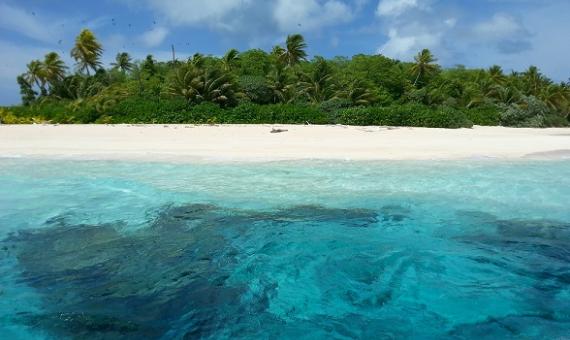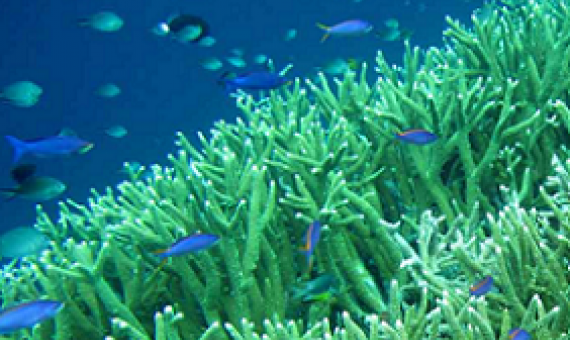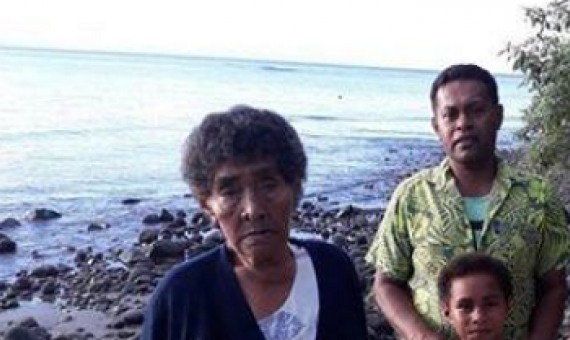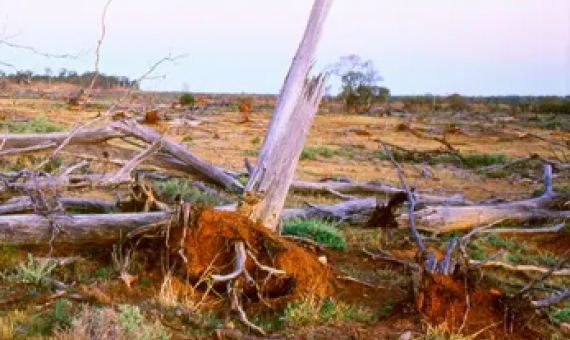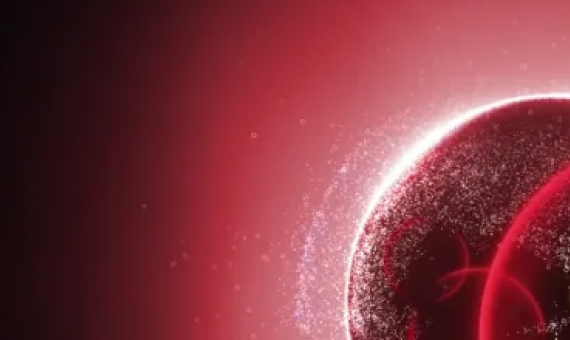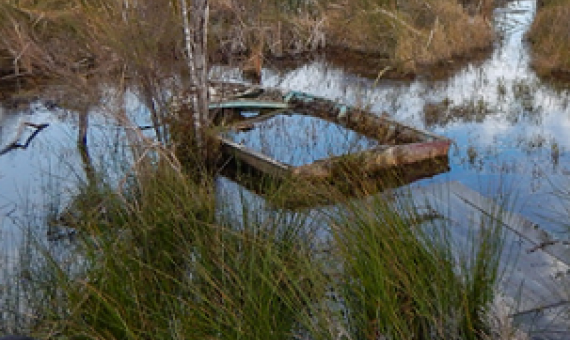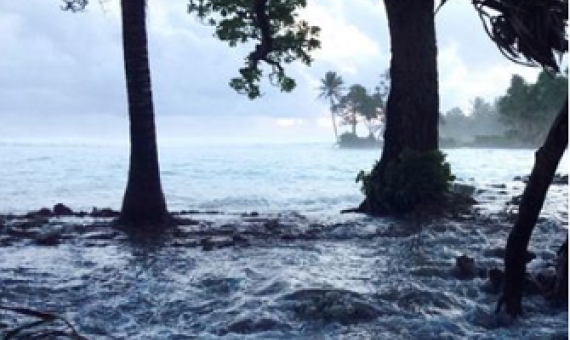Tuvalu has received the green light this week to spend the international aid money, not just on coastal protection, but also on on building more land out of the lagoon. Click on the link below to read the full article.
Using 22 climate models, Scott Power and François Delage at the Australian Bureau of Meteorology in Melbourne analysed the rate at which monthly temperatures are likely to reach unprecedented levels over the course of the twenty-first century.
The best way to protect corals threatened by climate change is to conserve a wide range of their habitats, according to a study in Nature Climate Change.
With a growing concern over climate change, the environment is high on everyone’s agendas. But how can hotel guests be encouraged to be more sustainable? From plastic to pollution to cutting our carbon footprint, there are many ways to have a positive impact on the environment.
A Fijian family may yet have their day in a European court in what's being seen as a landmark case in the fight against climate change. Click on the link below to read the full article.
In the next few months, the White House will complete the rollback of the most significant federal effort to curb greenhouse-gas emissions, initiated during the Obama administration. Click on the link below to read the full article.
A new study led by Macquarie University has found we need to provide more safe havens for wildlife and plant species to survive under climate change in New South Wales’ west. Click on thel ink below to read the full article.
Have you ever wondered what human-caused climate change sounds like? What melodic rhythms could result from every rising degree? Well, a scientist with a taste for music has got you covered. Click on the link below to read the full article.
Māori culture is at risk due to predicted changes in the ranges of two culturally important native plants, kuta and kūmarahou. Click on the link below to read the full article.
A Fijian family involved in an international climate case has been told they have no right to go to court to challenge the EU's climate target. Click on the link below to read the full article.

